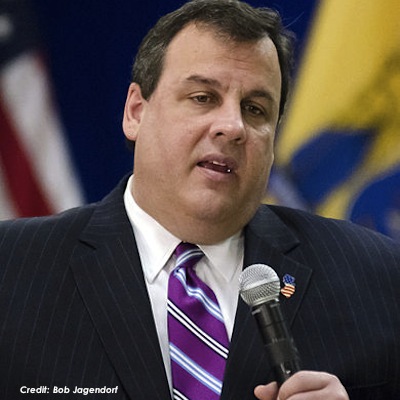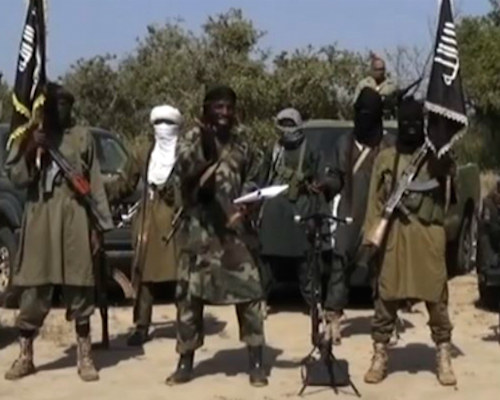Last Thursday, early presidential elections in Sri Lanka resulted in an upset against the autocratic war criminal President Mahinda Rajapaksa. After a campaign that had clearly (and unexpectedly) trended sharply in favor of the challenger, former Health Minister Maithripala Sirisena, despite the president vastly outspending the opposing campaign, the final result was estimated to be 51.3%-47.6% in favor of Sirisena.
By early Friday morning, President Rajapaksa had conceded defeat and appeared to be exiting unexpectedly quickly and without fuss.
“President Mahinda Rajapaksa has left Temple Trees a short while ago,” said the statement from Wijeyananada Herath, Mr. Rajapaksa’s media director “President Rajapaksa said he is leaving in order to respect the verdict of the people.”
[…]
Mr. Rajapaksa’s son Namal wrote on Twitter that his family had accepted the results. “Thank you to everyone who supported us through these years,” he said. “We respect the voice of the people and Sri Lanka’s great democracy.”
There was immediate local speculation, however, that Rajapaksa had likely been strongly urged by allied authorities to step down immediately, rather than trying to drag things out or stage a coup:
After counting began on Thursday night, [Paikiasothy Saravanamuttu, executive director of the Center for Policy Alternatives in Colombo] said, the president must have quickly understood that he had lost the election, and been encouraged to concede by army and police officials.
“I think he saw the writing on the wall,” Mr. Saravanamuttu said. “He would have realized there was a swing. His representatives within the arms of the state would have told him, ‘Look, we are not going to buck the popular will.’”
The incoming president’s team is already vowing an investigation into whether President Rajapaksa attempted to reach out to the country’s security forces, as the election results began rolling in, to solicit their support in remaining in power by force: Read more






